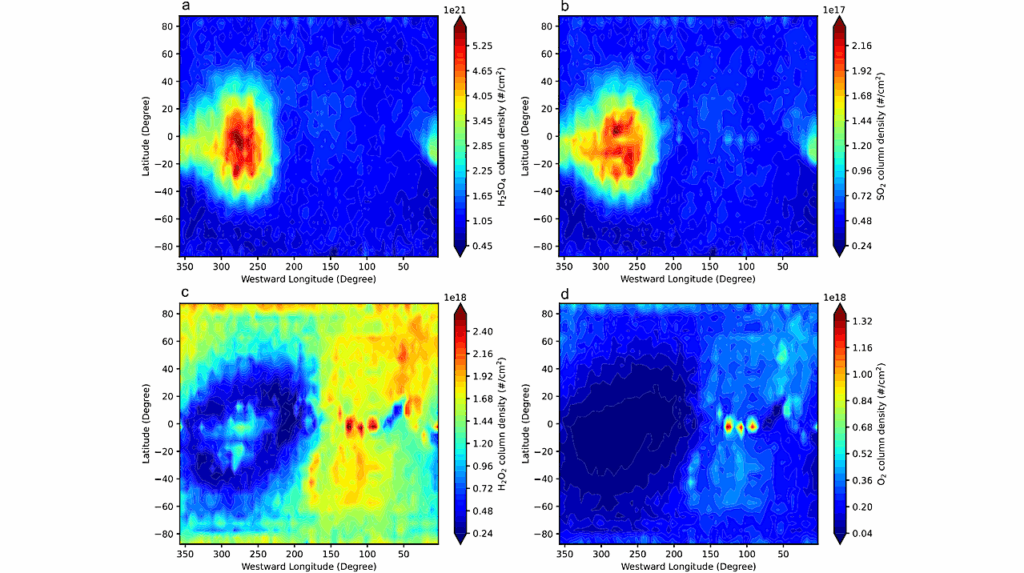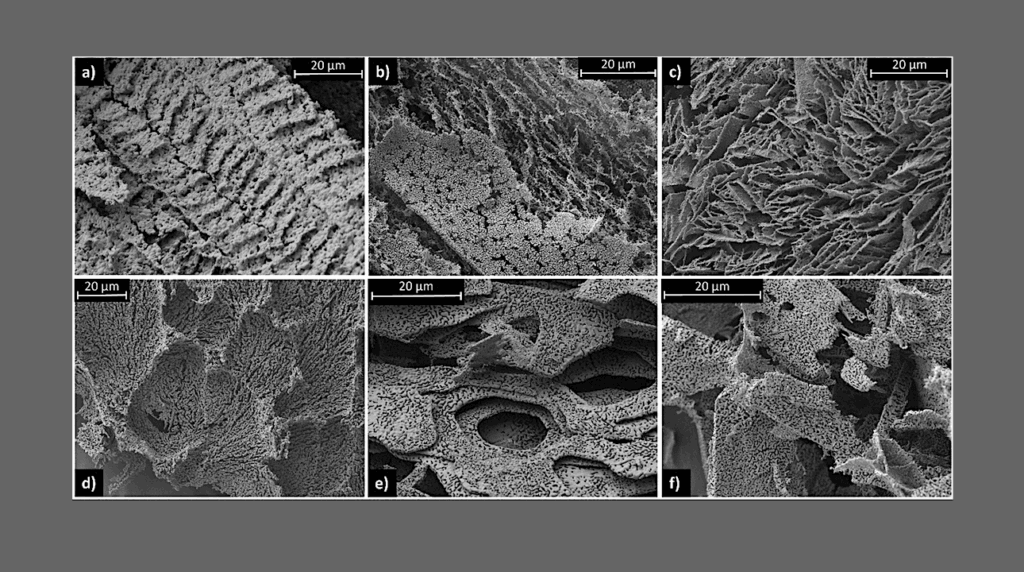Europa's Surface Water-ice Crystallinity And Correlations Between Lineae And Hydrate Composition

Europa’s surface composition and evidence for cryovolcanic activity can provide insight into the properties and composition of the subsurface ocean, allowing the evaluation of its potential habitability.
One promising avenue for revealing the surface processing and subsurface activity are the relative fractions of crystalline and amorphous water-ice observed on the surface, which are influenced by temperature, charged particle bombardment, vapor deposition, and cryovolcanic activity.
The crystallinity observed on Europa’s leading hemisphere cannot be reproduced by thermophysical and particle flux modeling alone, indicating that there may be additional processes influencing the surface. We performed a spectral mixture analysis on hyperspectral image cubes from the Galileo Near-Infrared Mapping Spectrometer (NIMS) to identify how surface crystallinity is influenced by physical processing at a high spatial resolution scale.
We focus specifically on two image cubes, 15e015 closer to the equator and 17e009 closer to the south pole, both on the leading hemisphere. We performed a nonnegative least-squares spectral mixture analysis to reveal both the non-ice composition and the water-ice crystallinity of the surface.
We found that amorphous water-ice dominates the spectrum at the equator and the south pole. We estimated a mean crystallinity of ~35% within the 15e015 NIMS cube and a mean crystallinity of ~15% within the 17e009 NIMS cube, which is consistent with ground-based spectroscopically derived crystallinities. We also identified a correlation of magnesium sulfate, magnesium chloride, and hydrated sulfuric acid with lineae and ridges, which may provide evidence for surface processing by upwelling subsurface material.
Jodi R. Berdis, James R. Murphy, Nancy J. Chanover
Comments: Published in the Planetary Science Journal, 17 pages, 17 figures
Subjects: Earth and Planetary Astrophysics (astro-ph.EP)
Journal reference: Planet. Sci. J. (2022), 3, 36
DOI: 10.3847/psj/ac4cb6
Cite as: arXiv:2202.07430 [astro-ph.EP] (or arXiv:2202.07430v1 [astro-ph.EP] for this version)
Submission history
From: Jodi Berdis
[v1] Tue, 15 Feb 2022 14:16:28 UTC (3,290 KB)
https://arxiv.org/abs/2202.07430
Astrobiology








